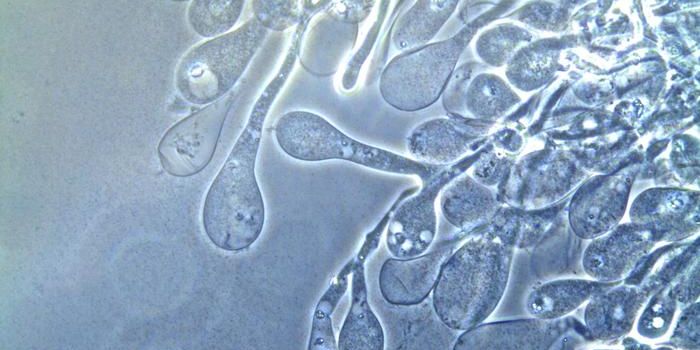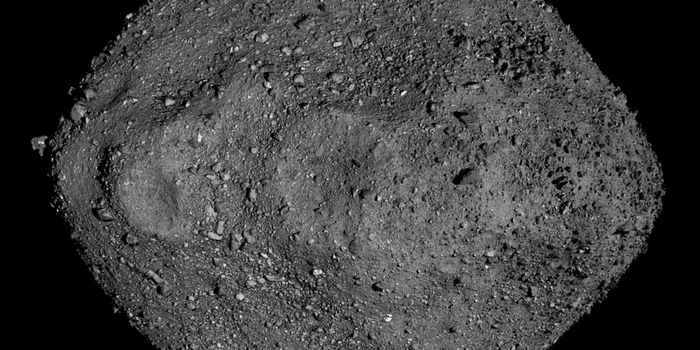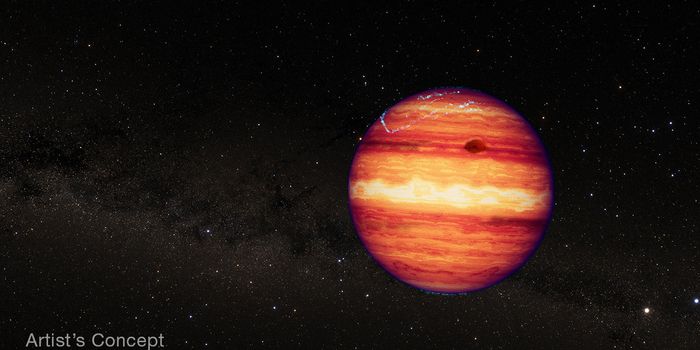Challenges and Successes: Astrobotic's Lunar Mission Provides Insights for Future NASA Deliveries
After just over 10 and a half days in space, Peregrine Mission One, which was hosted by the private space company, Astrobotic Technology, burned up in the Earth’s atmosphere over the South Pacific Ocean on January 18, 2024, at approximately 4:04 pm EST (1:04 pm EST). This concluded what is being deemed as a mostly successful mission for the first commercial mission for NASA’s Commercial Lunar Payload Services (CLPS) program, although the spacecraft was unable to land on the lunar surface due to a fuel leak that occurred about seven hours after launch on January 8, 2024. Despite this, Peregrine was able to test several of its onboard instruments during the short mission, which will provide valuable data for future missions to the Moon, specifically for NASA’s Artemis program.
Had Peregrine landed on the Moon, it would have marked the first time a US-built spacecraft would have landed on the lunar surface since NASA’s Apollo 17 in 1972. Despite this, four of the five instruments on Peregrine successfully collected data during the 10-day mission: Linear Energy Transfer Spectrometer (LETS), Near-Infrared Volatile Spectrometer System (NIRVSS), Neutron Spectrometer System (NSS), Peregrine Ion-Trap Mass Spectrometer (PITMS), with the fifth instrument, NASA’s Laser Retroreflector Array (LRA), designed to only be used on the lunar surface.
“Astrobotic’s Peregrine mission provided an invaluable opportunity to test our science and instruments in space, optimizing our process for collecting data and providing a benchmark for future missions,” said Dr. Nicola Fox, who is the associate administrator for NASA’s Science Mission Directorate at NASA Headquarters. “The data collected in flight sets the stage for understanding how some of our instruments may behave in the harsh environment of space when some of the duplicates fly on future CLPS flights.”
While the aforementioned instruments were designed to collect data on the lunar surface, they successfully collected data on the spacecraft’s surrounding environment, including radiation levels and chemical compositions. Better understanding of radiation levels in space will help future Artemis astronauts take appropriate steps to mitigate the dangers of space radiation, both en route to the Moon and while on the lunar surface. All five instruments were designed and built at various NASA centers around the country, including Goddard Space Flight Center, Ames Research Center, and Johnson Space Center, and those respective teams are presently analyzing the data collected during the short, 10-day mission.
Future missions contracted under NASA’s CLPS include Intuitive Machines Mission 1 (February 2024), Intuitive Machines Mission 2 (Q2 2024), and VIPER (November 2024), just to name a few.
How will the CLPS continue to advance space exploration in the coming years and decades? Only time will tell, and this is why we science!
As always, keep doing science & keep looking up!
Sources: NASA, NASA (1), The Guardian, NASA (2), NASA (3), Wikipedia, Wikipedia (1)
Featured Image: Peregrine lander prior to launch. (Credit: NASA/Isaac Watson)








